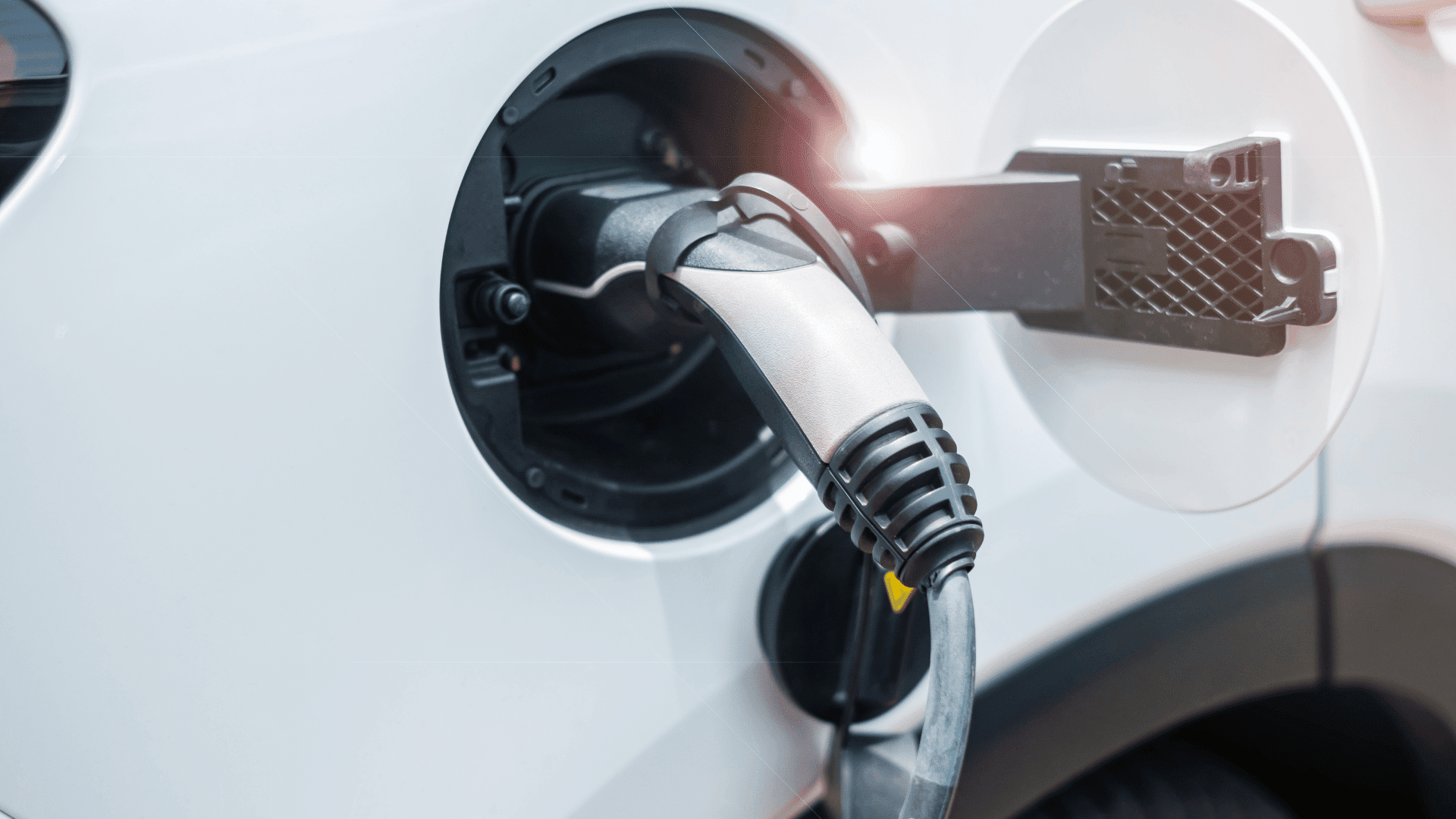A shift toward electric vehicles (EVs) offers potential environmental and economic benefits. However, its success relies on convenient access to charging. For the millions of residents in multi-unit homes and dense urban areas who lack a private garage, charging can be a significant hurdle, limiting wider EV adoption.
To overcome this infrastructure challenge, a team of Penn State University researchers created a novel, scalable framework for utilizing existing streetlight poles as a low-cost EV charging option. Researchers detailed the successful installation and testing of 23 streetlight charging units in Kansas City, Missouri. Their results were published in the Journal of Urban Planning and Development.
Equitable Access to Reliable EV Charging

The research team found that streetlight charging stations were more cost- and time-effective, had fewer negative environmental impacts, and proved more convenient and accessible compared to traditional EV charging stations. The initiative was driven by the need to address an equity gap in access to charging.
“The motivation for this work comes from the fact that many apartment and multi-unit dwelling residents, particularly in urban and downtown areas, lack access to dedicated home EV chargers, since they don’t have the privilege of owning a garage,” said Xianbiao “XB” Hu, associate professor of civil and environmental engineering. “Fortunately, streetlight poles are already powered and typically owned by municipalities, making them relatively easy to work with.”
Hu emphasized that the placement of streetlights makes them “well-positioned” to serve as charging stations for local residents and visitors.
The framework established by the Penn State researchers is focused on demand, feasibility, and benefits, and is designed for easy replication by any community.
“The scalability was a huge part of what makes this framework important,” said a former doctoral student Yang “Chris” Song. “Creating something that works not just in one specific city but that can be adopted by many communities easily is critical for increasing EV use across the country.”
The study demonstrated performance advantages over commercial stations. Penn State researchers found the streetlight chargers were cheaper to install due to the pre-existing infrastructure. In addition, they offered significantly faster charging speeds, likely because they draw power from dedicated municipal electrical lines.
Next, the research team plans to enhance their models by incorporating more detailed socio-economic data to ensure the most equitable deployment of infrastructure. Additionally, researchers plan to incorporate weather information to predict energy demand and battery performance.







